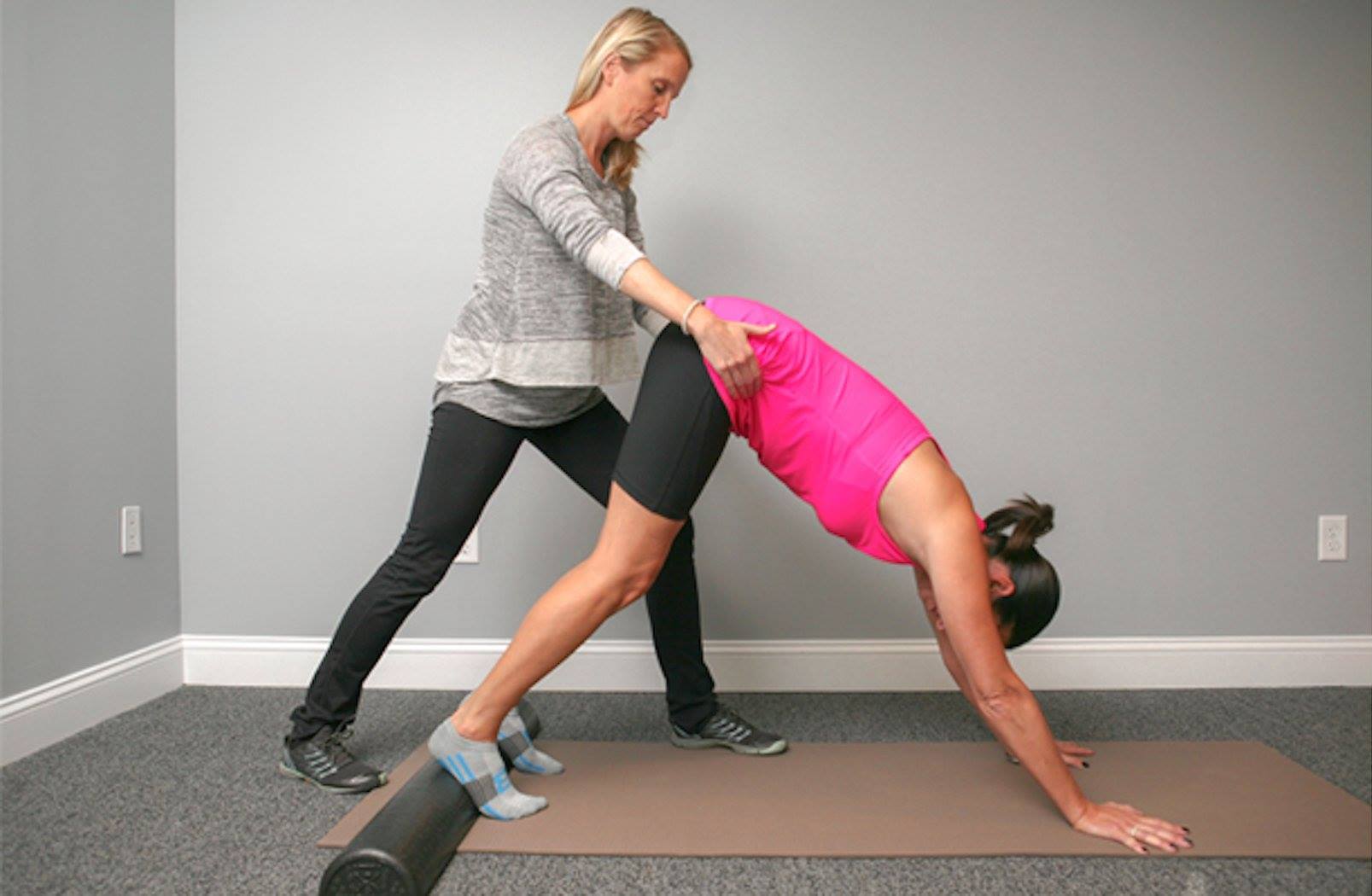
In 2007, the NIH determined that yoga was among the top 10 complementary and integrative health strategies for people in the United States (Garner, 2011). As a physical therapist and yoga practitioner, yoga is an important tool for both wellness and medicine. Combining yoga with physical therapy is a great recipe for success, whether the goal is rehabbing an injury or staying healthy. Good mechanics are important for preventing injury in yoga, especially wrist injuries, which are common among yoga practitioners.
If you are going to swim, run or play a sport like soccer or tennis, it’s common knowledge that good training is a necessity over the long haul to prevent injury. Good mechanics for a particular sport or activity can make all the difference in an individual’s performance. Good mechanics helps not only with efficiency but it can also reduce bad habits that lead to recurrent injury.
Yoga is no different. If we view a yoga practice like we would these other activities, it would make sense that we learn to develop good mechanics for yoga just like we would for other activities.
Habitual, prolonged use of less than optimal movements is a recipe for repetitive stress and injury, making it not unsustainable. (Garner, 2011).
A joint that takes on a lot of stress with yoga practice is the wrist. Often times this happens because we are not using the best mechanics at other joints. The smaller joints of the wrist are not meant to take up heavy force that joints like the shoulders should help us to sustain. However, if our shoulder muscles aren’t up-to-snuff, the wrists can bear the brunt.
For anyone who has wrist pain with yoga, has experienced a previous wrist injury, or just wants to improve upper body efficiency with yoga, here are a few things that you can do to modify yoga practice to alleviate pressure on your wrists:
Yes, you can do this. You can even do it in down dog. Moving to your elbows takes the pressure off the wrist. Moving to your elbows also requires your shoulders to work harder. So in addition to giving the small joints of your wrist and hand a break, you can address some of the weakness up higher in the arms that may be contributing to this problem in the first place.
Separate your wrists a little further away from each other on your mat. A wider hand and shoulder stance can help you recruit the muscles at the shoulders with less strain on the shoulders. It also puts the shoulder in less of a line of impingement it can work more effectively. If the shoulders work more efficiently, then the wrists and take up the appropriate force will not have to pick up the slack.
Turn your hands so your finger tips are just slightly moving outward toward the edges of your mat. This helps to rotate the shoulders outward to allow the shoulders to stabilize better and avoid strain. Again just as we mentioned before, the less strain on the shoulders, the less strain on the wrists.
When we place weight on the arms in yoga, the backs of our elbows should be pointing toward the knees and feet so that if you slightly bend your elbows, they move in the direction of your legs not out to the side. You can check if you are doing this correctly by allowing your elbows to bend. If the elbows point toward your knees and feet, you are in a more optimal position. If your elbows bend and point to the side, then you may want to work on better shoulder and shoulder blade muscle control.
Your arm position not only affects your wrist, shoulders, and elbows, but it can also affect your neck, your core function and the rest of your body when you practice yoga. If you would like to learn more about how Medical Therapeutic Yoga can address any pain you may be having or just to check/modify your current yoga practice, please contact us for a 30-minute consultation at 267-282-1301 or info@rebalancept.com.
In-Person and Online Consultations


